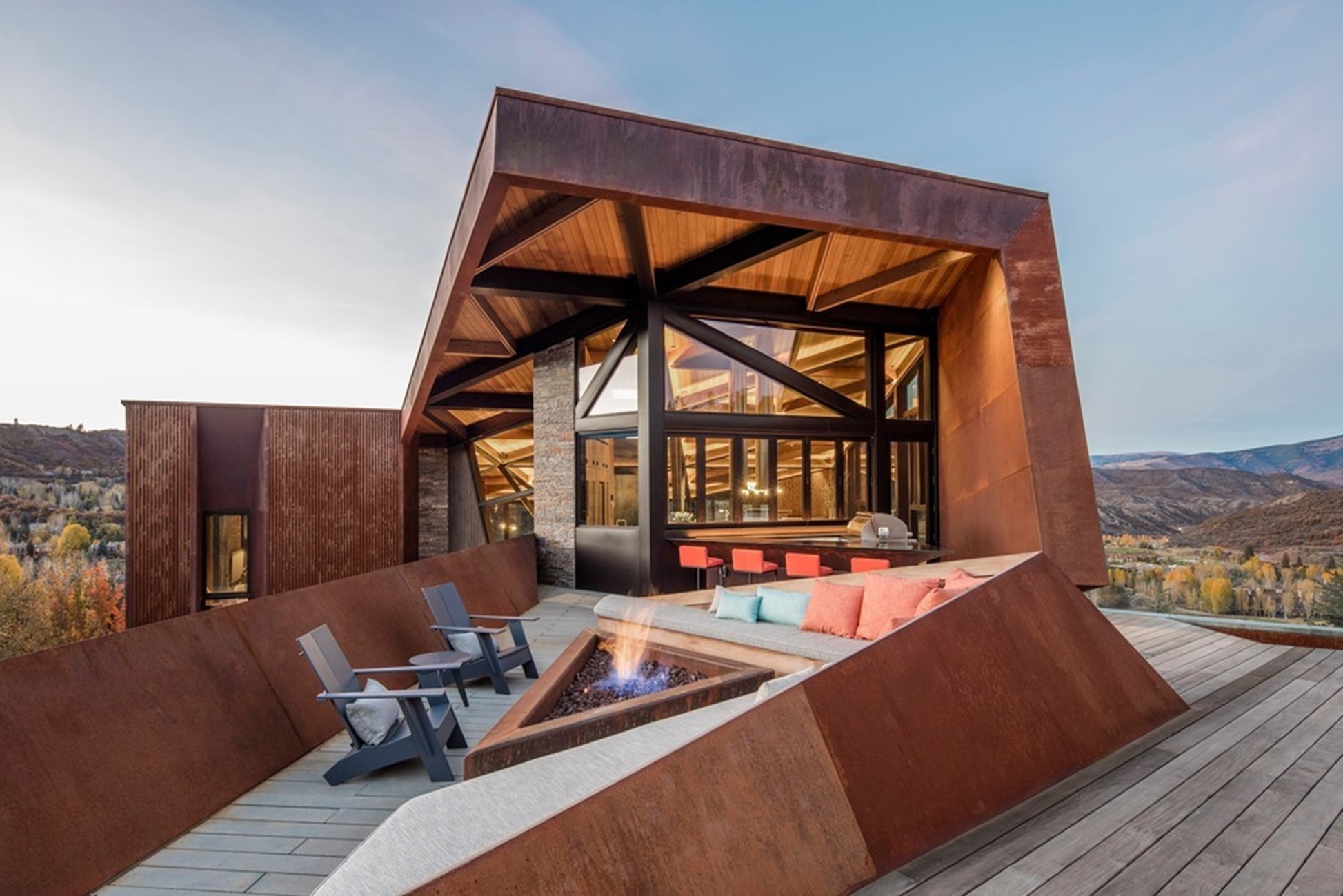Sustainable Construction Material
Eco-Friendly and Renewable
Wood is a sustainable construction material that offers numerous environmental benefits. Unlike concrete or steel, which require extensive energy-intensive processes for production, wood is renewable and can be harvested responsibly from managed forests.

- Carbon Sequestration: Wood acts as a natural carbon sink, absorbing and storing carbon dioxide from the atmosphere. This helps mitigate the effects of climate change by reducing greenhouse gas emissions.
- Minimal Environmental Impact: The production and processing of wood require less energy and produce fewer pollutants compared to other building materials. Choosing wood for construction contributes to a more environmentally friendly building industry.
Natural Insulation Properties
Energy Efficiency and Comfort
Wooden houses offer excellent insulation properties, helping to maintain comfortable indoor temperatures year-round. Wood naturally insulates against heat and cold, reducing the need for artificial heating and cooling systems.
- Thermal Regulation: Wood has a high thermal resistance, meaning it retains heat in winter and keeps interiors cool in summer. This natural insulation reduces energy consumption and lowers utility bills.
- Humidity Control: Wood absorbs and releases moisture, helping to regulate indoor humidity levels and create a healthier living environment. This natural moisture control prevents mold growth and improves indoor air quality.
Aesthetic Appeal and Design Flexibility
Timeless Beauty and Versatility
Wooden houses are prized for their timeless beauty and versatility in design. From rustic cabins to modern masterpieces, wood offers endless possibilities for architectural expression and customization.
- Architectural Charm: The natural warmth and texture of wood create a welcoming and inviting ambiance that cannot be replicated with other materials. Wooden houses exude a sense of coziness and charm that resonates with homeowners and visitors alike.
- Design Flexibility: Wood can be easily shaped, cut, and assembled to meet virtually any architectural style or design requirement. Whether traditional or contemporary, wood allows for creativity and innovation in home construction.
Durability and Longevity
Strength and Resilience
Contrary to popular belief, wood is a highly durable and long-lasting building material when properly treated and maintained. Modern preservation techniques and engineering advancements have significantly extended the lifespan of wooden structures.
- Termite and Rot Resistance: Treated wood is resistant to termites, rot, and decay, ensuring the structural integrity and longevity of wooden houses. Proper maintenance, including regular inspections and treatments, can further enhance durability.
- Structural Stability: Wood’s strength-to-weight ratio makes it an ideal choice for structural applications. Wooden houses can withstand seismic activity and extreme weather conditions, providing safety and security for occupants.
Faster Construction Time
Efficient and Cost-Effective
Building a wooden house typically requires less time and labor compared to traditional construction methods. Prefabricated wood components and modular construction techniques can streamline the building process and reduce overall project timelines.
- Prefabrication Benefits: Prefabricated wooden components, such as wall panels and roof trusses, are manufactured off-site under controlled conditions. This allows for faster assembly on-site, minimizing construction delays and labor costs.
- Minimal Site Disruption: Wooden houses can be erected with minimal disruption to the surrounding environment, making them ideal for urban infill projects or sensitive ecological areas. Faster construction times also mean quicker occupancy and return on investment for homeowners.
Natural Beauty and Warmth
Connection to Nature
Wooden houses offer a unique connection to nature, bringing the beauty of the outdoors inside. The natural grain patterns, textures, and colors of wood create a sense of harmony and tranquility that enhances the living experience.
- Biophilic Design: Biophilic design principles emphasize the integration of natural elements into the built environment to promote health and well-being. Wooden houses embrace these principles by incorporating natural materials and maximizing daylighting and views of the surrounding landscape.
- Emotional Comfort: Research suggests that exposure to wood in interior spaces can evoke feelings of comfort, relaxation, and well-being. Wooden houses provide a soothing retreat from the stresses of modern life, fostering a sense of peace and serenity for occupants.
Conclusion
Wooden houses offer a multitude of advantages that make them an attractive choice for homeowners and builders alike. From sustainability and energy efficiency to aesthetic appeal and structural resilience, wood provides a versatile and environmentally friendly solution for modern construction. By embracing the inherent qualities of wood, homeowners can create homes that are not only beautiful and functional but also sustainable and enduring for generations to come.